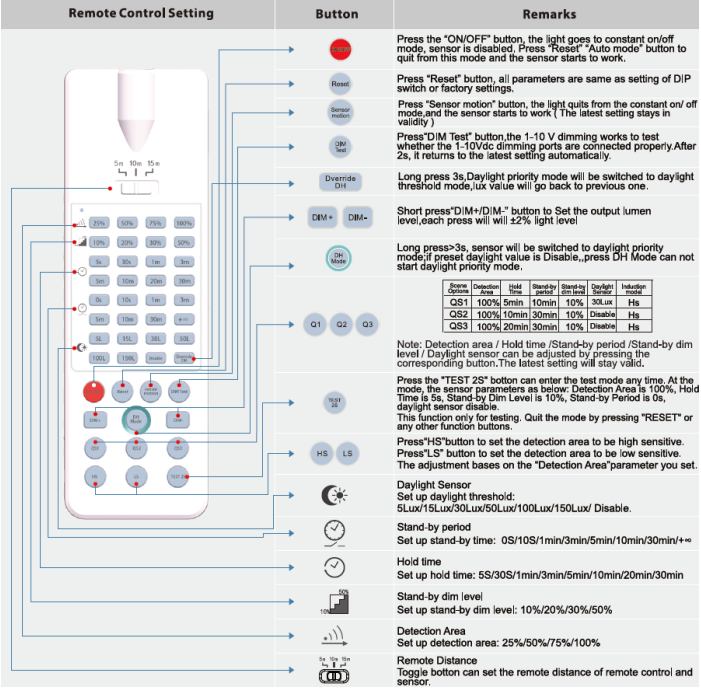Japan first uses liquid silicon to form amorphous silicon film to produce solar cells
Japanese researchers announced that they have for the first time in the world developed techniques for producing solar cells by coating liquid silicon to form amorphous silicon films. New technologies will help reduce the cost of thin-film solar cells. Silicon is an important raw material for making mobile phones, liquid crystals, and solar cells. At present, solar cells are mostly made of solid and gaseous silicon materials, but the cost of processing solid and gaseous silicon materials is high and the time required is longer. A research team headed by Shimoda University of Science and Technology, Hokuriku University’s Institute of Advanced Science and Technology, in 2006 produced a stable liquid silicon with a high molecular compound containing silicon and hydrogen as a solute. This time, based on a thorough study of the characteristics of liquid silicon, they have developed a new technology for manufacturing thin-film solar cells. New technology to produce solar cells first removes impurities from the liquid silicon, then drops the liquid silicon onto the glass substrate in a nitrogen-filled device, and allows the substrate to spin at a high speed of about 3,000 times per minute to evenly distribute the liquid silicon. A thin layer was formed on the substrate, and finally heated at a high temperature of about 400 degrees Celsius for several tens of seconds to obtain a stable amorphous silicon thin film. Pv001·net By repeating the above process three times and adding components such as boron and phosphorus, three layers of silicon films having different properties can be produced. After adding electrodes to produce solar cells, its power generation efficiency is about 20% of ordinary solar cells. Although the efficiency is not high, the cost is reduced by 60% to 70%. At present, the research team is preparing to cooperate with Japanese domestic manufacturers to apply this technology to the production field as soon as possible.
There are two types of sensors for Tri-proof Light; one is infrared induction, and the other
is microwave induction.
Both types of sensors can control the
following values through the remote control shown in the picture below:
1. Can set the light value. If the value of
the ambient light meets the light value you set, it will not turn on even if
there is a moving signal. When the ambient light does not meet the set value,
the light will turn on.
2. The waiting time can be set. That is,
how long the light stays low after the person leaves the sensing area.
3. Set the delay time, that is, how long
the light stays in the full-on state after the person leaves the sensing area.
4. Set the preset brightness: you can set
the full brightness and low brightness.
5. Set the detection range.
6. Remote control distance: You can set the
distance range of the remote control sensor.
The function:
1.Switch function (stand-by period is set to "0s")
2.Two-stage dimming function (stand-by period is set to "+∞")
3.Three-stage dimming function (stand-by period is set to "0s/30s/10min/ +∞")
In addition, the LED
Tri-proof Light can be waterproof, dustproof and anti-corrosion.
Therefore, the Sensor Tri-Proof Light is
especially suitable for parking lots.
Ip66 Lighting,Waterproof Tube Light,Ip66 Light Sensor,Ip66 Led Lights SHENZHEN LITEHOME OPTOELECTRONIC TECHNOLOGY CO., LTD. , https://www.szlitehomelight.com



